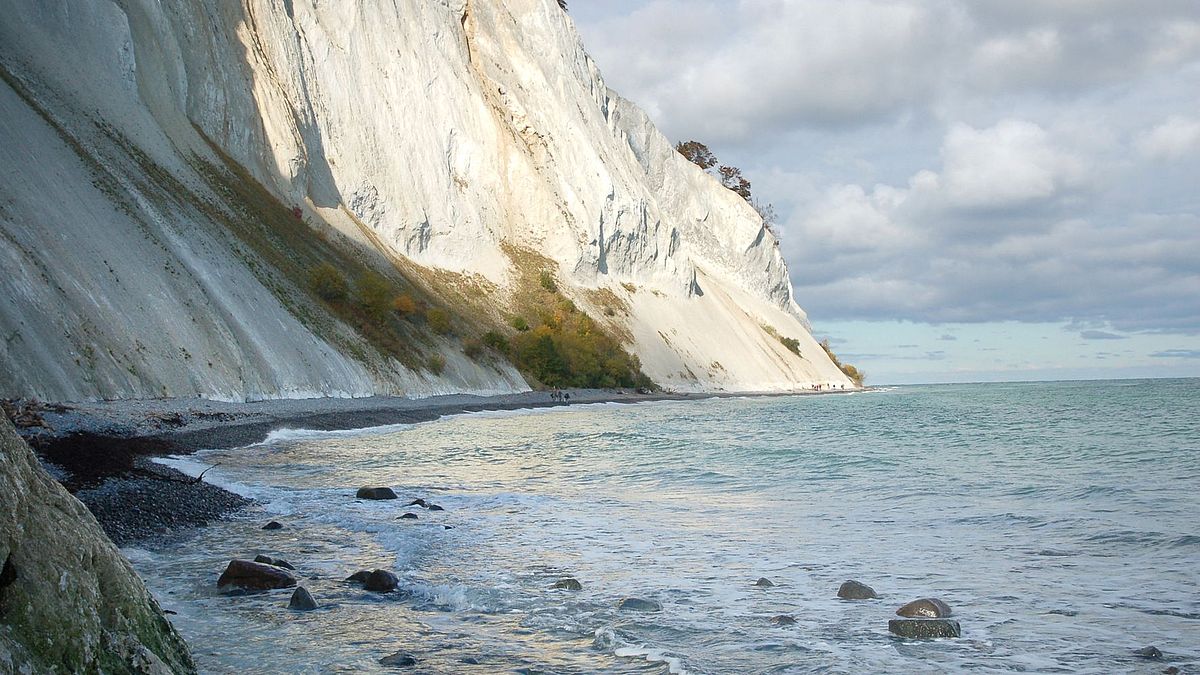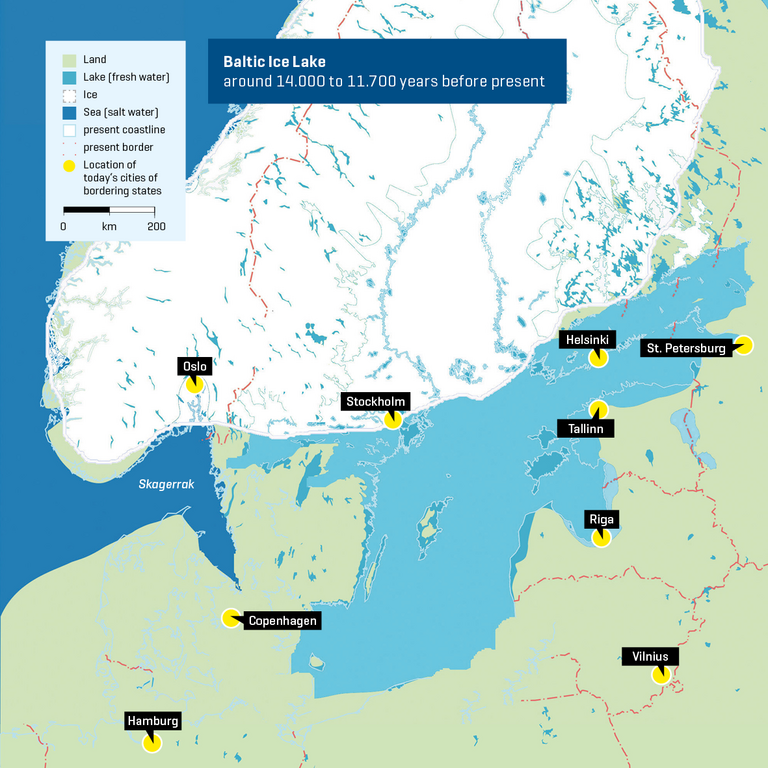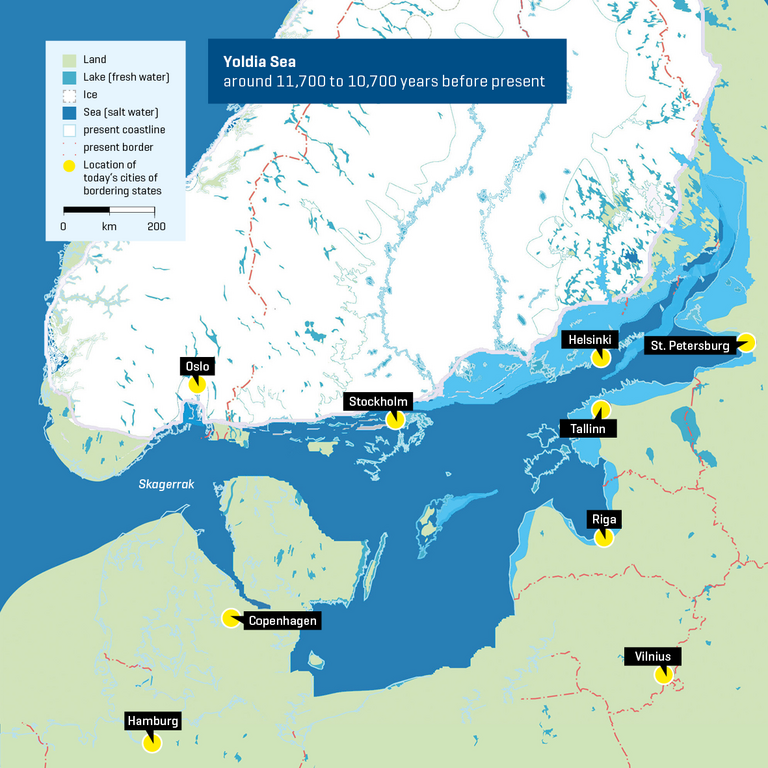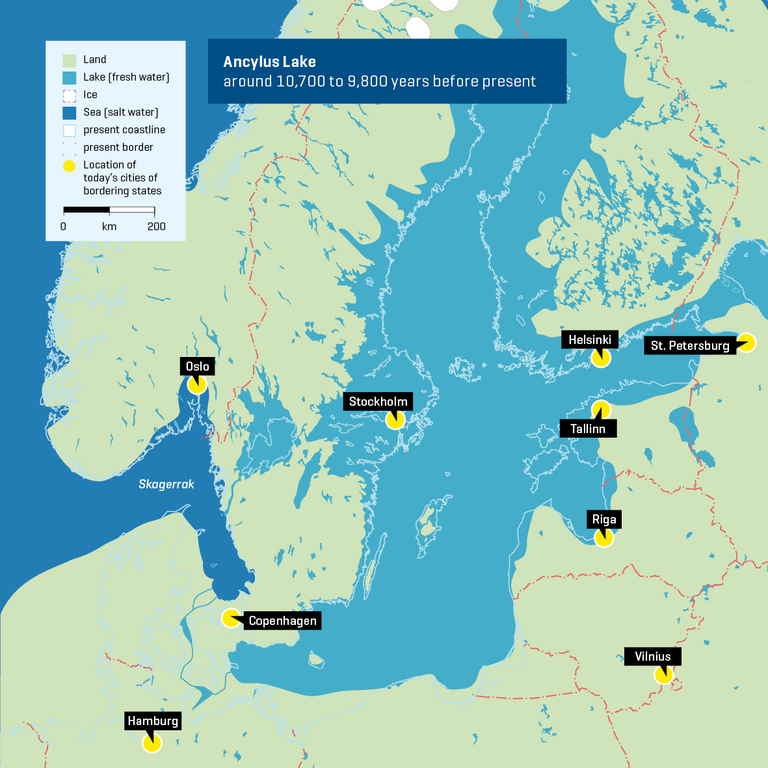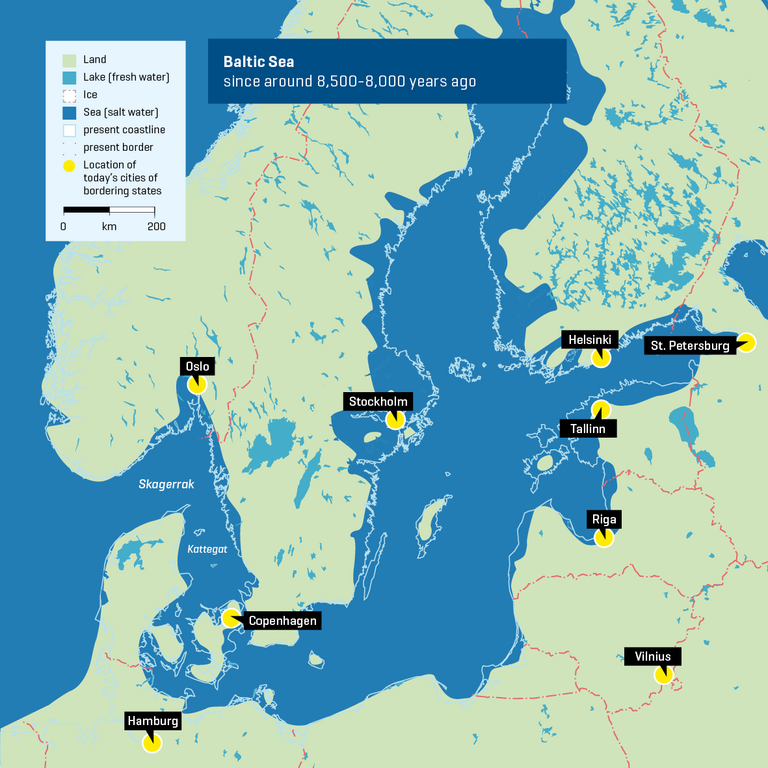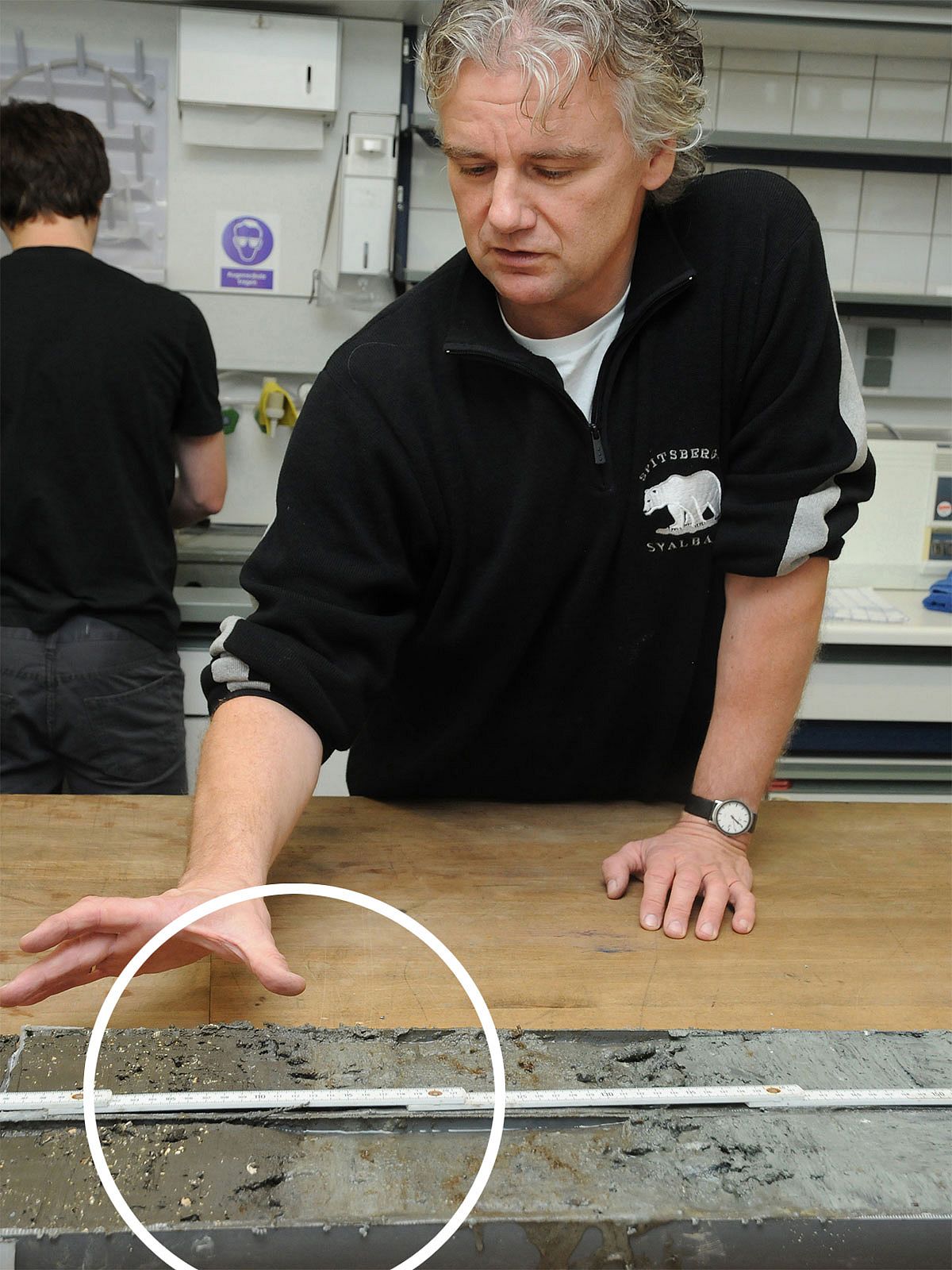The Origin of the Baltic Sea
White sandy beaches, towering steep shores, beautiful sailing areas and an open view to the horizon - these are often the first associations that the name of our Baltic Sea evokes. From a scientific point of view, however, the Baltic Sea is not only interesting because of its scenic beauty, but also because of its changeable history. The Baltic Sea is a child of the most recent ice age, which ended about 12,000 years ago. In some places, however, the glaciers have exposed much older geological formations, such as the chalk cliffs on the island of Mon.
A Geological Toddler
Geologically, the Baltic Sea is a so-called shelf sea. The deeper underground consists of similar continental rocks as the underground of the surrounding land masses: Granites, gneisses, and various sedimentary rocks. In contrast, the base of true oceans, such as the Atlantic, Pacific, or Indian oceans, consists of so-called "oceanic crust", dark volcanic rocks such as basalt. And while these are mostly many million years old, the Baltic Sea is a relatively young sea. It has only existed for about 8,000 years.
At the peak of the last ice age, about 20,000 years ago, the area of today's Baltic Sea was completely covered by an ice sheet, several kilometers thick. It originated in the Scandinavian mountains. From there, the glaciers spread mainly to the east and south. In this process, they deeply excavated the Baltic Sea basin and pushed large quantities of rock particles of all sizes forward, from fine clay to huge erratic blocks. These completely unsorted materials can be found today around the eastern and southern Baltic Sea; they also form the landscape of the scenic East Holstein Hills. Since large amounts of water were stored as ice on land at that time, the global sea level was about 130 meters lower than today: The North Sea became an ice age tundra.
The End of the Ice Age - the Birth of the Baltic Sea
The history of the Baltic Sea begins with the end of the ice age. Due to the slowly warming climate, the Scandinavian ice gradually melted. Then, about 14,000-12,000 years ago, a huge meltwater lake formed in the Baltic Sea basin. The ice continued to melt and, like a bathtub, the Baltic basin filled until it finally overflowed in a catastrophe-like event about 11,700 years ago. Huge amounts of freshwater poured through central Sweden directly into the Skagerrak, while southern Sweden and the Danish islands remained connected by a land bridge to Schleswig-Holstein. The lake level lowered by about 25 meters until the freshwater outflow finally stopped. Through the newly formed mid-Swedish channel, sea water could now also flow into the Baltic Sea area. As aconsequence, about 11,000 years ago the "Yoldia Sea", named after a brackish water mussel, existed there and extended to southern Finland.
However, this early Baltic Sea was granted only a short life. With the ice now melting rapidly all over the northern hemisphere, global sea levels rose, but central Sweden, released from the weight of the ice, was also rising. About 10,700 years ago, the connection to the Skagerrak almost completely closed and the Ancylus Lake was formed, a freshwater lake that at times covered an even larger area than today's Baltic Sea. Only the areas of today's Danish, German and Polish coasts along the Baltic Sea remained dry land and restricted a southern outflow of freshwater to the North Sea. Yet, as global sea levels continued to rise, the second freshwater phase was also terminated soon after. Progressively, sea water advanced southward through the Kattegatt. It finally opened the Öresund as well as the Great Belt and the Small Belt, three connections to the Ancylus Lake. Sea water could massively penetrate into the lake about 8,500-8,000 years ago. The changeable fresh and salt water history of this shelf sea was ended for the time being and the brackish water-filled Baltic Sea, as we know it today, was formed.
The Future
What will be the future of the Baltic Sea? Global warming will not remain without consequences here either because sea level is rising globally due to the melting of the polar ice caps. However, less areas are threatened by floods along the Baltic Sea coasts than, for example, around the North Sea. The hilly ice age landscape protects the inland almost everywhere. Only near the estuaries of the Oder, Vistula and Memel rivers, larger areas are potentially at risk. In Schleswig-Holstein, the northern Probstei, the Oldenburger Graben and parts of Fehmarn are particularly threatened. Even if this may sound reassuring, as the main producers of global warming we should be aware of the dangers for many other coastal areas around the world and the people living there. We therefore need to act responsibly. Only then can we enjoy the beauty of the Baltic Sea with a clear conscience.
Text: Dr. Robert Spielhagen, scientist at GEOMAR in the research unit Paleoceanography.


